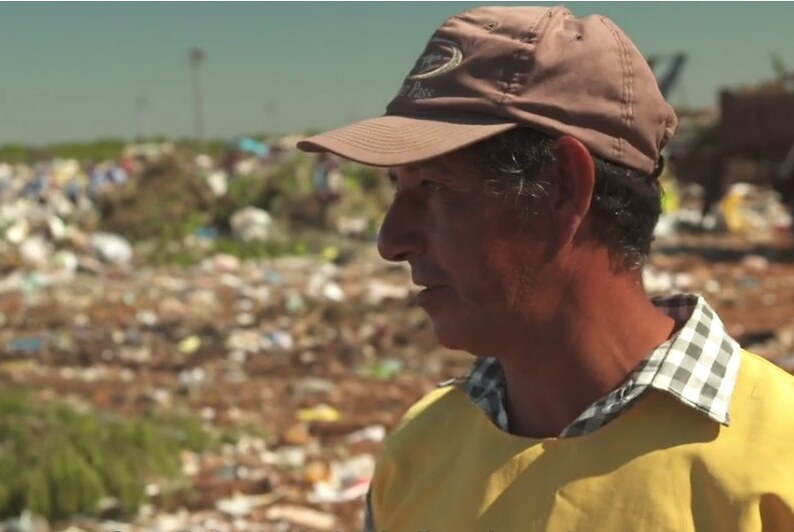The Recycled Orchestra of Cateura promotes, through music, the value of human beings, downplaying the importance of origins and social classes. They understand that neither things nor people should be discarded thoughtlessly.
However, it is not only a musical project; through this orchestra, other major global issues such as climate change and social inequality are connected. This community took advantage of their opportunities, which were practically nonexistent, and decided that their children would not be excluded.

“The world sends us garbage, we send it back music,” is the orchestra’s philosophy. This phrase encompasses the concept of the project that has captivated people from all over the world, undoubtedly demonstrating the resilience of this population.
The orchestra, formed by children and young people between the ages of 10 and 25, has performed on stages in more than 40 countries, appearing in front of public personalities including royals, artists and the Pope.
In addition, they have played with groups such as Metallica, who invited these kids to accompany them as the opening act during their tour of South America. A unique opportunity for these musicians who in the past could not even imagine leaving their hometown.
The repertoire is very varied, they play classical pieces by great composers such as Beethoven, adding folk melodies, soundtracks and hits by groups such as The Beatles to their performances.
What is useless to some, they turn into their treasure. The instruments are made from waste they find at the Cateura landfill, located in an impoverished area of La Asunción. There, nothing is thrown away, they use kitchen utensils, discarded wood, tubes, metal sheets, x-rays, oil cans, among others, to build violins, trumpets, cellos, drums, guitars, flutes, saxophones…
Their inspiring story has spread around the world, touching the hearts of renowned artists. It’s not every day positive stories are heard, much less from the most vulnerable sectors of society.
The idea for the project arose from a combination of factors. In 2005, a recycling program began in the area of the Cateura landfill; a couple of years later, they joined forces with a program of social integration through art to found the first music school.
At that time, instruments were scarce and every day more and more children wanted to join the school, so they used a common resource in the community: garbage. This population has historically employed solid waste as raw material to make toys and other objects, and from that moment on they also used the garbage to create music.
Nicolás Gómez (Don Colá) is in charge of finding the materials and assembling the instruments and, later, some of the orchestra’s musicians add accessories such as strings, and test them. In the workshop, mister Colá has the molds for each instrument; in the landfill, he searches until he finds the perfect pieces to guarantee the desired sound.
The first instrument he reconstructed was a violin, he found it among the garbage in the dump and decided to restore it. Since then, more were created with the idea of integrating new children and young people into the program.
Despite the controversies that have arisen over the years regarding the use of the group’s image and resources, the children continue to fight for a better future. The different arguments and discussions do not keep them away from the purpose they have set for themselves around music.
This desire to emerge is reflected in ‘Landfill Harmonic’, a documentary released in 2015 after following the history of the orchestra for a couple of years. The idea for the film came from producer Alejandra Amarilla, who wanted to reflect the at-risk populations of her native Paraguay. The project was joined by producer Juliana Penaranda and directors Brad Allgood and Graham Townsley.
The documentary represented a great opportunity to publicize the work of the orchestra, and from that moment on many more doors opened. The images move viewers to tears and demonstrate the power of these programs that think about the future.
Image credit: IDB Lab and Good Will Hunting

